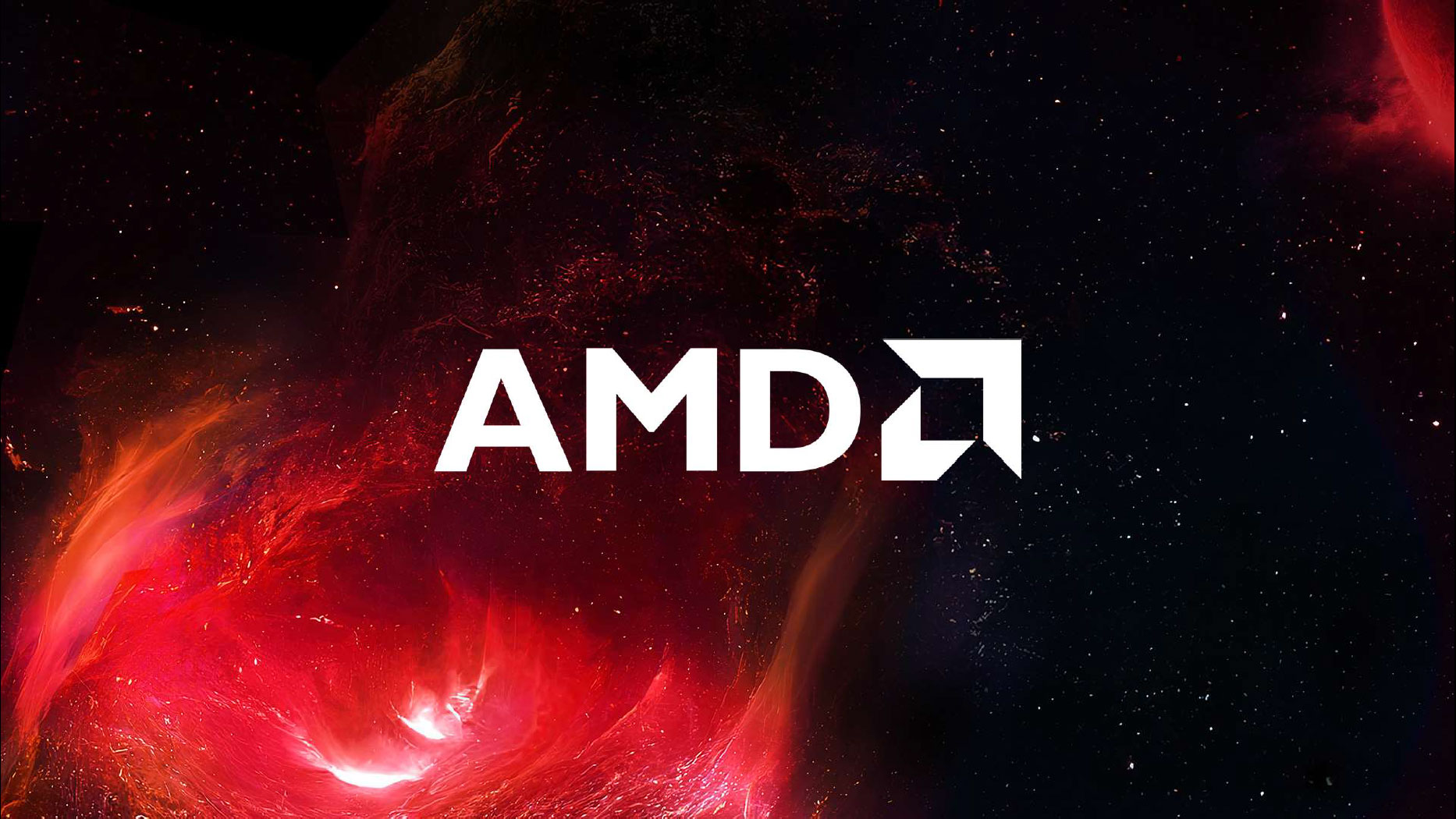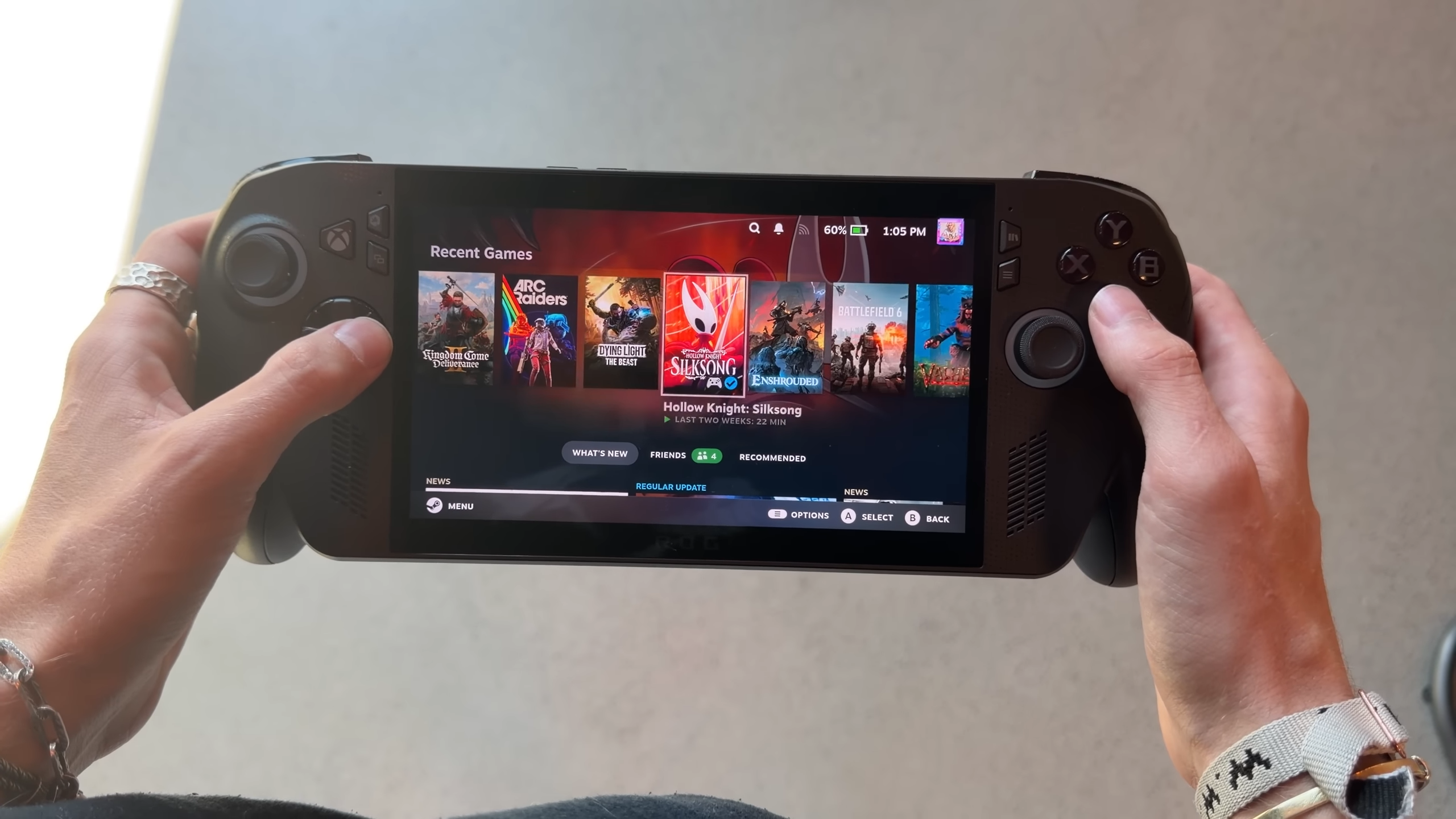AMD clarifies commitment to support for RDNA 1 and 2-based GPUs — company backtracks on RX 7900 series USB-C functionality (Updated)

Update - 11:45 am ET, October 31: In a statement of clarification to Tom's Hardware, AMD says that "New features, bug fixes and game optimizations will continue to be delivered as required by market needs in the maintenance mode branch" to its RDNA 1 and 2-based GPUs, following community pushback and some confusion regarding its recent decision to put the cards in 'maintenance mode'. AMD had previously stated cards would "continue to receive driver updates for critical security and bug fixes." Full story here. The rest of yesterday's story remains as published.
Yesterday, AMD released a new driver update for its GPUs that sent the community into a frenzy because of one major change: it put RDNA 1 and RDNA 2 GPUs under "maintenance" mode, removing them from the priority list that receives monthly game optimization updates. This came as a shock to many, considering RDNA 2, or RX 6000 series, is less than 4 years old and was hugely popular against the RTX 3000 series at that time. Without RDNA 2, AMD's position today as the value-oriented alternative to RTX cards wouldn't be as cemented, yet the company is leaving them behind.
Now, as noted by Hardware Unboxed, PC gaming handhelds could suddenly find themselves in a world of trouble. We've reached out to AMD for confirmation that the latest handhelds, which include the newly-released ROG Xbox Ally, are impacted.
This also potentially affects the Asus ROG Xbox Ally handheld, which launched 2 weeks ago using an RDNA 2 GPU running Windows. Unless AMD specifically provides optimizations for APUs, this brand new gaming system will not receive ongoing game optimizations from AMD https://t.co/zeppQkAM6OOctober 31, 2025
Mobile devices rely on proper optimization far more than desktop parts, and even though OEMs like Valve and Asus work with AMD to tune the silicon together, with AMD sunsetting RDNA 2 from its main driver branch, we could see new games start to fall apart on these devices.
Fresh releases rely on GPU driver optimizations to get the most out of the hardware from day one, and without AMD's drivers to back them up, RDNA-2-based handhelds, of which there are plenty, could essentially be rendered legacy hardware. It wouldn't make sense for the company to release specific updates for only its APUs (like the Ryzen Z1) but withhold those optimizations from the main driver releases for desktop and laptop SKUs. As far as we can tell right now, only third-party community support can be of assistance.
Valve is less affected by this fiasco since it uses the open-source RADV Vulkan drivers (for Linux), which the company optimizes itself without caring what AMD does on the Windows side. The real ramifications will be seen in something like the recently launched ROG Xbox Ally, which is powered by the Ryzen Z2A chip based on RDNA 2 architecture. We're talking about a brand new $600 device — nay, an "Xbox" — that might be out of support within a month of its launch. As far as console-like experiences go, that would certainly become one of the worst ones in history.

AMD still supports RDNA 1 and 2, but only for critical bug fixes and security updates, not new features — that luxury is reserved for RX 7000 and 9000 series now. Speaking of, as part of yesterday's update, AMD also disabled charging on the USB-C port on some RX 7900 series cards, a move the company has now confirmed was a mistake. The USB-C feature was not altered and remains operational just like before, with DisplayPort Alt mode and charging capability; not data transfer (which was never supported). In a statement to Tom's Hardware, AMD clarified:
"The release notes for AMD Software Adrenalin Edition 25.10.2 posted today included misinformation that has since been corrected. There is no change to USB-C functionality on the RX 7900 series GPUs in the 25.10.2 driver. There was an incorrect line in the originally posted release notes that has been removed, and the release notes have been updated."
Get Tom's Hardware's best news and in-depth reviews, straight to your inbox.
Nvidia still supports its USB-C variant, Virtual Link, to this day, despite no GPUs since the RTX 20 series having the port. In fact, the company supported its Maxwell and Pascal graphics for roughly a decade, with the GTX 10-series being part of the day-one priority list all the way up until September of last year, a whole eight years after it first debuted. Perhaps that's what you can do when you're the richest company in the world. Contrast that to RDNA 1/2, and even with the RX 7000/9000 hierarchy in mind, the decision seems baffling.

Follow Tom's Hardware on Google News, or add us as a preferred source, to get our latest news, analysis, & reviews in your feeds.

Hassam Nasir is a die-hard hardware enthusiast with years of experience as a tech editor and writer, focusing on detailed CPU comparisons and general hardware news. When he’s not working, you’ll find him bending tubes for his ever-evolving custom water-loop gaming rig or benchmarking the latest CPUs and GPUs just for fun.
-
LordVile I doubt they’ll drop drivers for bespoke devices with large multinationals. Likely just the desktop partsReply -
hwertz Just put Linux on it. They have Vulkan support down to GCN1.0, fully supported, fully up to date, still receiving speedups, bug fixes, support for new Vulkan versions as they come out, with no plans to put it in some 'maintenance mode'. (And fully supported drivers going back about 20 years for Intel and AMD/ATI GPUs.)Reply -
enb141 I've been saying this for years, AMD support is crap, I got an 6400 a few years ago because getting an Nvidia back then was an impossible task.Reply
Back then I said that card had crappy drivers, nobody listened to me, now a few years later, time proved me right. -
edzieba Reply
If they were willing to continue developing optimisations for the RDNA2 architecture, there'd be no reason to drop that for consumer cards but keep doing that work for OEM ones. It's a minimal additional overhead to the actual work, but with a big public relations backlash.LordVile said:I doubt they’ll drop drivers for bespoke devices with large multinationals. Likely just the desktop parts
If the issue is lack of ongoing per-game optimisation, "switch to Linux" is an anti-solution. AMD aren't stopping bugfixes or security updates for older cards.hwertz said:Just put Linux on it. They have Vulkan support down to GCN1.0, fully supported, fully up to date, still receiving speedups, bug fixes, support for new Vulkan versions as they come out, with no plans to put it in some 'maintenance mode'. (And fully supported drivers going back about 20 years for Intel and AMD/ATI GPUs.) -
Steelninja1977 Reply
Dude that's just a crappy card. I had been with AMD 15 years right up till my Rx6800 and the drivers were great. Literally no issues. I moved to Nvidia and bought a 4080 super and had driver issues out the box. Nvidias main 4080 super drivers just didn't work. I had to go to the manufacturer website and get them. It's been fixed since then. But the 4080 super wasn't even a new card. I never had that issue with AMD. All I had with AMD was FTL drive in elite would drop to like 15 fps and it took them about a year to fix it. On my R9 390x back in the day. But that was game specific.enb141 said:I've been saying this for years, AMD support is crap, I got an 6400 a few years ago because getting an Nvidia back then was an impossible task.
Back then I said that card had crappy drivers, nobody listened to me, now a few years later, time proved me right. -
LordVile Reply
They’ll have deals with AMD to keep it up to date or will provide the support themselves à la Valve.edzieba said:If they were willing to continue developing optimisations for the RDNA2 architecture, there'd be no reason to drop that for consumer cards but keep doing that work for OEM ones. It's a minimal additional overhead to the actual work, but with a big public relations backlash.
If the issue is lack of ongoing per-game optimisation, "switch to Linux" is an anti-solution. AMD aren't stopping bugfixes or security updates for older cards.
Linux is useless anyway for most people and isn’t user friendly unless you have a steamos type overlay. There’s a reason why the Linux crowd number in the dozens -
Ogotai Reply
close minded thinking, once again. not every one can, or knows how to use linux, or what they use a pc for, may not be viable as its all windows based..hwertz said:Just put Linux on it.
sorry but " just switch/use linux * is not a good answer or alternative.. -
helper800 Reply
There are about 33 million people on Linux worldwide, while about 100 million are on mac OS. Windows has about 1.4 billion people. If there is nobody on linux, then there mind as well be nobody on Mac OS either.LordVile said:They’ll have deals with AMD to keep it up to date or will provide the support themselves à la Valve.
Linux is useless anyway for most people and isn’t user friendly unless you have a steamos type overlay. There’s a reason why the Linux crowd number in the dozens -
JayGau Reply
You are both doing the same thing, using your own anecdotal experience to convince people that your favorite brand has the best drivers. But I have never heard about any widespread problems with the rtx 40 series drivers. They got some issues during the first months of the 50 series but it's solved now. And if I do the same thing too, my 4080 worked awesomely out of the box and never had an issue (until the 50 series launch but it's fine now).Steelninja1977 said:Dude that's just a crappy card. I had been with AMD 15 years right up till my Rx6800 and the drivers were great. Literally no issues. I moved to Nvidia and bought a 4080 super and had driver issues out the box. Nvidias main 4080 super drivers just didn't work. I had to go to the manufacturer website and get them. It's been fixed since then. But the 4080 super wasn't even a new card. I never had that issue with AMD. All I had with AMD was FTL drive in elite would drop to like 15 fps and it took them about a year to fix it. On my R9 390x back in the day. But that was game specific.